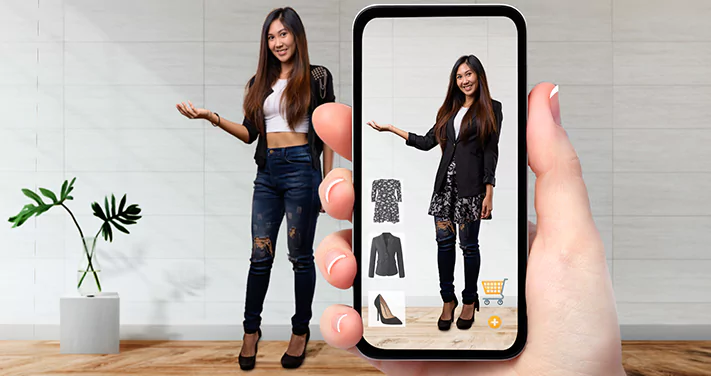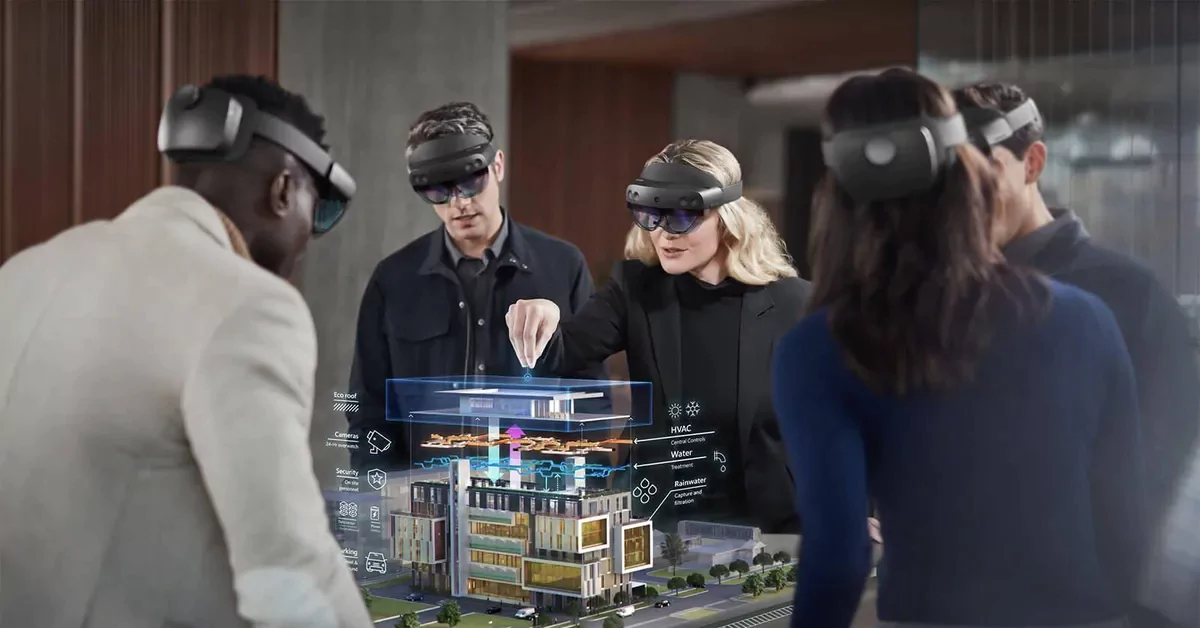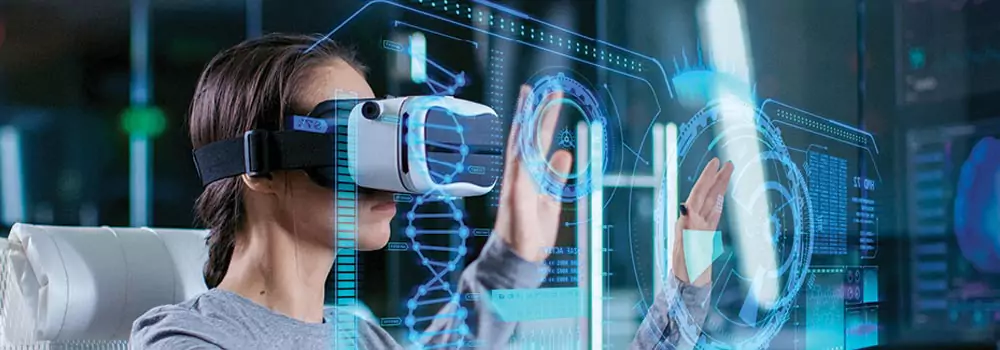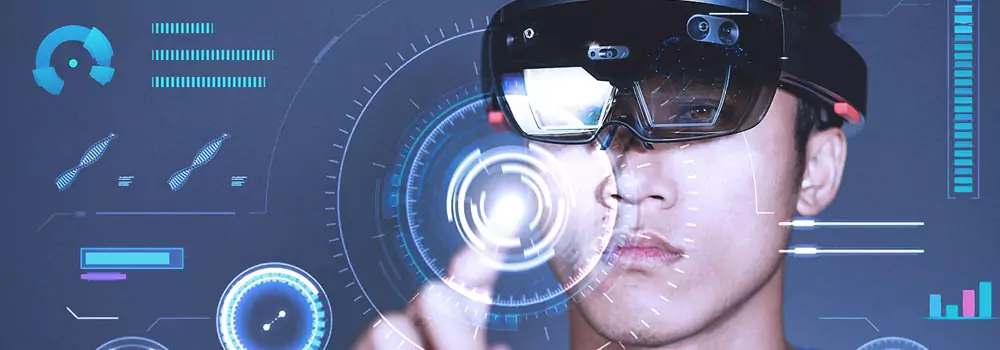AR/VR in ECommerce
ECommerce was always a bit out of box from the normal modes of commerce. Because everything was chosen and bought just on the basis of some pictures. The customers could not feel or try the products themselves, as they could do in shops. This led to the influx of AR/VR in ECommerce. Using AR/VR technology, ECommerce companies can offer a fully immersive experience to their customers. The customers can shop in virtual shops, try out the products virtually, augment the products into their living rooms to see how they match the environment, and then finalize the order. In short, AR/VR has changed the whole face of ECommerce, making it much more immersive and efficient.












